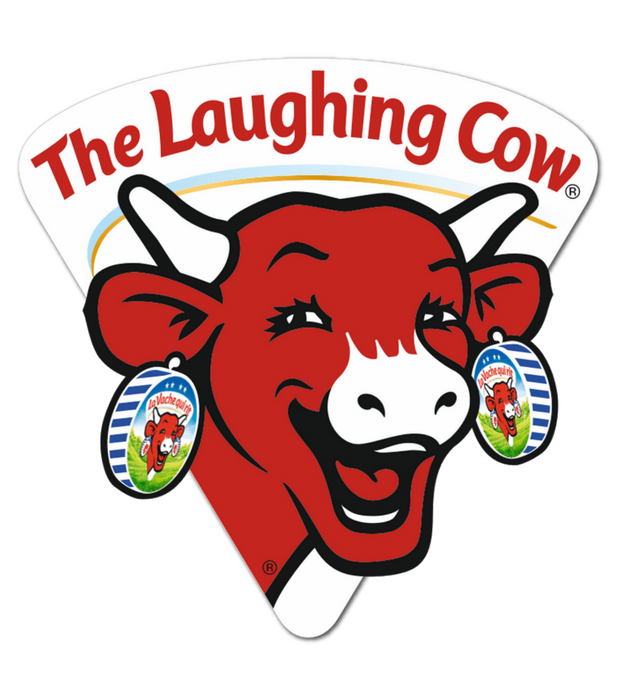READ THIS FIRST: How well do you know your food mascots? Vol 1
Childhood snacks remain with you for the rest of your life, and there is nothing more nostalgic than the smile or jingle from your favourite food hero. We revisited some of South Africa’s best loved foods, their mascots and those iconic TV adverts!
Laughing Cow
Represents: Laughing Cow cream cheese
Full Name: La Vache Qui Rit (French for Laughing Cow)
Catch phrase: None, known for her cheese earrings.
The story: The Laughing Cow brand was created in France in 1921, and La Vache followed shortly afterwards in 1924. If you look carefully, you will notice that she wears round packages of cheese as earrings. And on those packages, is a cow that wears cheese earrings, and on those packages is a cow…and so on forever. She is the French cousin of Mina Moo.
The Oros Man
Represents: Brookes Oros juices (1889)
Full Name: Mr. Oros Man
Catch phrase: Oh! Oh! Oh! Oh! Oros
The story: The origins of the Oros man is lost forever in the mists of time, but he is believed to have been born in the mid 1980s. Most famous for the Oros song of the 1990s and is still loved and respected for reuniting the whole fruity family under this epic campaign. It’s impossible to watch this video and not sing “passion frrrruit”!
Colonel Sanders
Represents: KFC fast food worldwide
Full Name: Colonel Harland David Sanders
Catch phrase: Finger lickin’ good
The story: The original founder of the first Kentucky Fried Chicken restaurant in the 1930s, in North Corbin, Kentucky. So much about the Colonel is a lie. He’s not even a Colonel, it was given to him as an honourary title in 1950. With over 20 000 restaurants in 125 countries worldwide, we can argue that his recipe for Original Recipe® fried chicken is not a secret anymore (there’s even a recipe on Wikipedia!), and some will even debate that the only thing original in the KFC name is “fried”.
The Bakers Man
Represents: Bakers Biscuit Company
Full Name: None, known as The Little Man
Catch phrase: The Bakers Man can!
The story: First appearing in 1923, the Little Man is a jovial grocer holding a package of biscuits. In the early 1960s he moved to the top left corner of familiar biscuits products such as Marie, Tennis, Boudoir and Salticrax. Perhaps it was lingering resentment over his name, The Little Man, that led him to start up a biscuit sweatshop powered entirely by child labour. The Bakers Man can.
Pringles Man
Represents: Pringles Potato Crisps
Full Name: Mr. Julius Pringles
Catch phrase: He doesn’t say much
The story: Julius has been representing the most global of potato snacks since the early 1960s. His iconic mustache and bow tie, with a face roughly the same shape as a pringle, is unmistakable. His chips are bizarrely addictive, something which Simba continues to resent to this day.
Special Mention: The Michelin Man
Represents: Michelin Tyres (not to be confused with the Ghostbusters character)
Full Name: Bibendum in French, also known as Bib
The story: First appearing in 1894, Bibendum is one of the world’s oldest trademarks that is still used today. The chubby, jolly man made of tyres (which were originally a beige colour at the turn of the 20th century) is known throughout the world both as the mascot for the Michelin tyre company and as the face of the Michelin Guide. The guide to restaurants and hotels was first published in 1900, to encourage motorists to take overnight journeys throughout continental Europe. The highest accolade a restaurant can be awarded is a Michelin star, graded from 1 star (very good in it’s category), 2 stars (Excellent cooking, worth a detour) and the pinnacle of awards, 3 stars (Exceptional cuisine, worth a special journey). The guide is revered as the ultimate listing of fine dining restaurants throughout the world, and being mentioned is a high honour.
ALSO READ: We love cooking with this versatile veggie. If only we could agree on its name…

